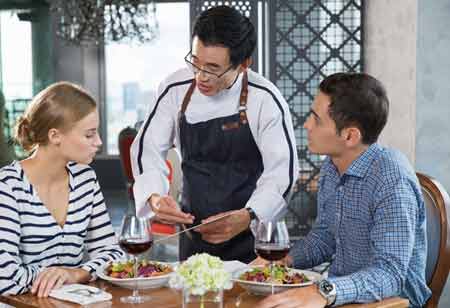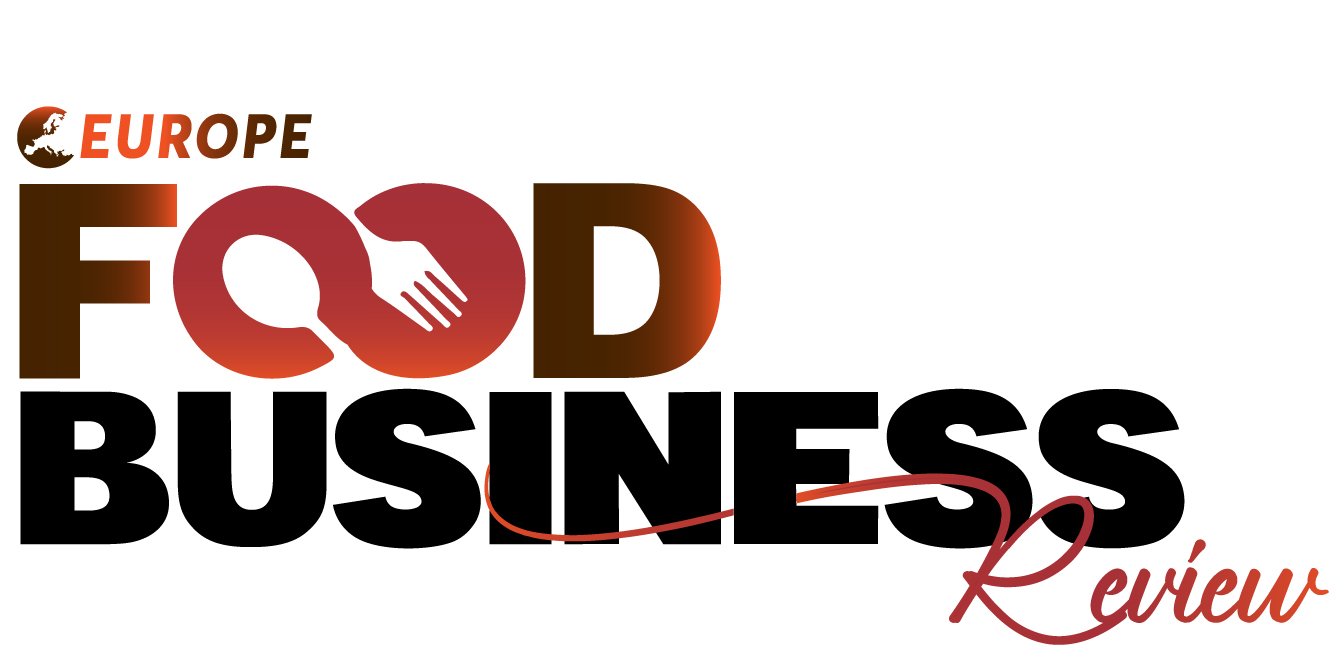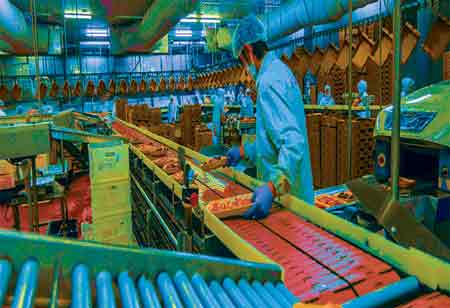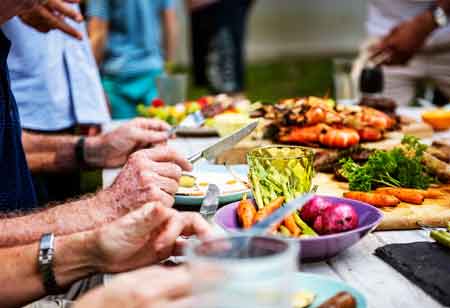Thank you for Subscribing to Food Business Review Weekly Brief
Menu-as-a-Service Reinventing Culinary Innovation for the Agile Era
The Menu-as-a-Service model revamps restaurant menu development, enabling agility, specialized expertise, and unique brand differentiation through collaborative partnerships with culinary agencies.

By
Food Business Review | Tuesday, October 14, 2025
Stay ahead of the industry with exclusive feature stories on the top companies, expert insights and the latest news delivered straight to your inbox. Subscribe today.

In the food industry, a brand’s menu—long developed through secretive, in-house R&D—defines its identity, shapes customer experience, and drives profitability. Today, a transformative business model, known as Menu-as-a-Service (MaaS), is emerging as a powerful strategic tool, enabling restaurant brands to outsource their menu development for unprecedented agility and profound brand differentiation.
This evolution is not merely about hiring a consultant for a seasonal refresh. It represents a fundamental rethinking of culinary innovation. MaaS is a holistic, continuous partnership where food and beverage businesses collaborate with specialized external culinary agencies. These partners function as an extension of the brand's own team, providing an end-to-end solution that encompasses everything from global trend forecasting and initial ideation to recipe formulation, supply chain integration, and operational rollout support. By externalizing this complex function, businesses are unlocking new potential, allowing them to focus on their core competencies: operations, hospitality, and brand execution.
Deconstructing the Menu-as-a-Service Ecosystem
At its core, the MaaS model transforms menu creation from an intuition-driven process into one grounded in specialized expertise and data-driven market intelligence. MaaS providers are, by their nature, immersed in the global culinary ecosystem. Their teams are a diverse collective of classically trained chefs, food scientists, data analysts, and supply chain specialists who are constantly monitoring consumer behavior, ingredient innovations, and emergent dining trends from around the world.
This service structure begins with predictive analytics, leveraging data to identify white-space opportunities in the market and forecast the next wave of consumer demand—be it a specific global flavor profile, a new plant-based protein, or a functional beverage ingredient. This insight feeds directly into the creative ideation phase, where culinary experts translate abstract trends into tangible, brand-aligned menu concepts.
Following ideation, the process moves into rigorous research and development. This is where recipes are meticulously crafted, tested, and refined for flavor, texture, and visual appeal. Crucially, this development is done with an eye on operational reality. Recipes are engineered for consistency and scalability, ensuring that a dish can be executed flawlessly across dozens, or even thousands, of locations by staff with varying skill levels. This includes detailed specifications for ingredients, precise preparation methods, and integration with existing kitchen equipment and workflows. The final stage involves comprehensive support for market launch, including training materials for staff and strategies for sourcing new ingredients, creating a seamless transition from concept to customer.
Responding at the Speed of Taste
One of the most compelling advantages of the MaaS model is the dramatic injection of agility it provides. The traditional in-house menu development cycle can be a slow and resource-intensive endeavor, often taking many months, or even years, to bring a new item to market. In today's fast-moving consumer environment, this protracted timeline means that by the time a product launches, the trend it was designed to capture may have already peaked.
Outsourcing menu development shatters this paradigm. MaaS partners operate with a singular focus on culinary innovation, unburdened by the daily operational demands of running a restaurant. This allows them to prototype, test, and iterate on new concepts with remarkable speed. This accelerated pace is particularly transformative for the implementation of Limited Time Offers (LTOs). LTOs are a vital tool for driving traffic, creating excitement, and testing new ideas with lower risk. A MaaS partnership enables a brand to launch a continuous pipeline of compelling LTOs, keeping their menu fresh and giving customers a constant reason to return.
This newfound responsiveness extends beyond planned promotions. It allows a brand to pivot quickly in response to unforeseen market shifts, supply chain opportunities, or emergent viral food trends on social media. Imagine being able to conceptualize, develop, and roll out a menu item inspired by a burgeoning cultural moment in a matter of weeks instead of seasons. This ability to operate at the speed of taste transforms the menu from a static document into a living, breathing asset that can adapt and evolve in real time.
Crafting a Unique Identity through Brand Differentiation
In a crowded marketplace where consumer choice is abundant, brand differentiation is paramount. Yet, many restaurant chains find themselves in an echo chamber of culinary offerings, constrained by the same internal skill sets and trend reports. The MaaS model offers a powerful antidote to this homogenization, providing a direct path to a truly unique and defensible culinary identity.
By partnering with an external provider, a brand gains access to a breadth and depth of culinary talent that would be impossible to maintain in-house. A brand focused on American comfort food could tap into the expertise of a chef specializing in the nuances of regional Mexican sauces to create a revolutionary new fusion dish. A coffee chain could collaborate with food scientists to develop proprietary plant-based milk that outperforms anything available on the mass market. This access to specialized knowledge allows a brand to break free from category conventions and create "signature" items that are difficult for competitors to replicate.
An external culinary partner brings a fresh, objective perspective. They can identify a brand's core equities and magnify them through food, helping to tell a more compelling brand story. This collaboration can unearth new narratives, linking the menu to concepts of authenticity, craftsmanship, or innovation. The result is a menu that does more than just satisfy hunger; it builds an emotional connection with the guest and reinforces the brand's unique position in the market. By ensuring each item is both appealing and aligned with the brand’s DNA, the MaaS model transforms the menu into a powerful strategic branding tool.
The rise of MaaS represents a strategic move from a fixed, internal cost center to a variable investment in innovation. By adopting this collaborative model, restaurants can gain unprecedented agility and brand distinction, keeping their offerings both relevant and exceptional for years to come. The future of the menu is no longer confined to the four walls of the test kitchen; it is expansive, collaborative, and expertly crafted for the modern palate.






